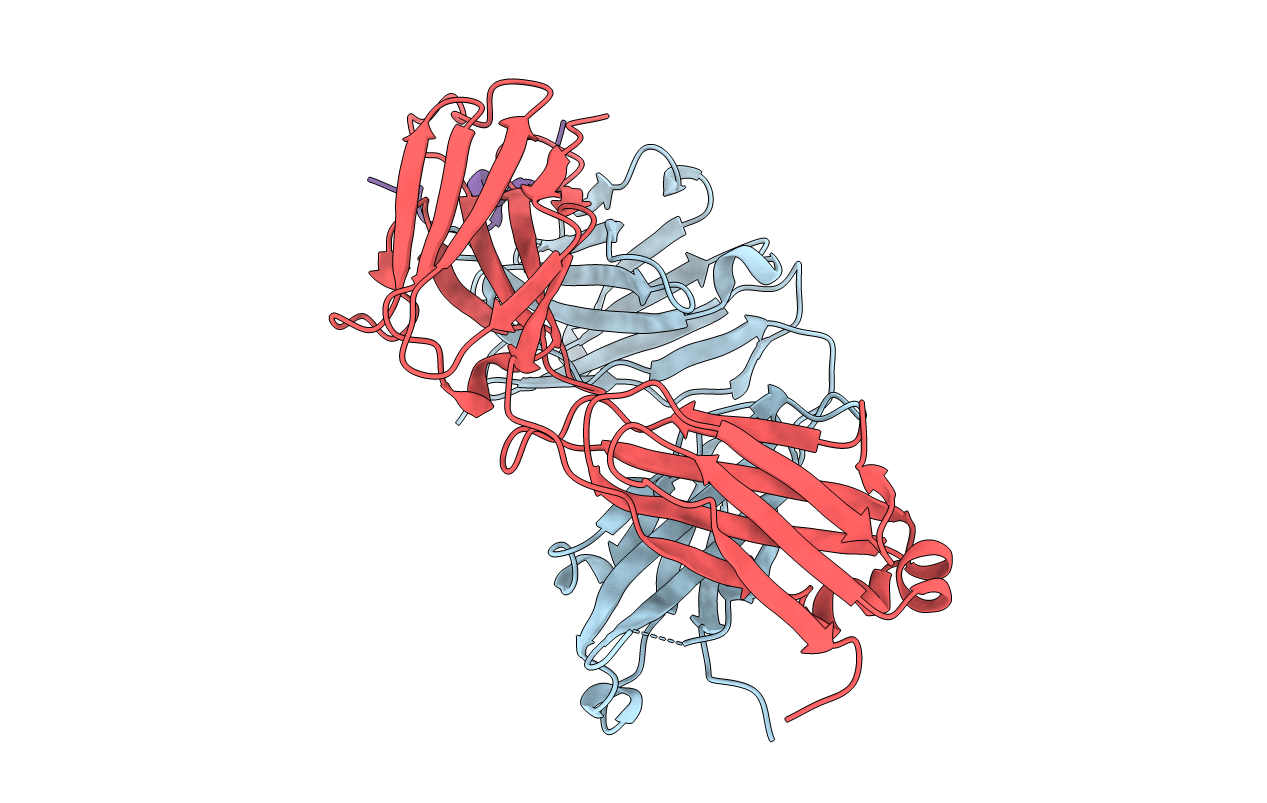
Deposition Date
2013-07-09
Release Date
2014-01-29
Last Version Date
2024-11-20
Entry Detail
PDB ID:
4LKX
Keywords:
Title:
Humanized antibody 4B12 Fab complexed with a CemX segment
Biological Source:
Source Organism:
Homo sapiens (Taxon ID: 9606)
Host Organism:
Method Details:
Experimental Method:
Resolution:
1.92 Å
R-Value Free:
0.22
R-Value Work:
0.17
R-Value Observed:
0.18
Space Group:
P 21 21 21


